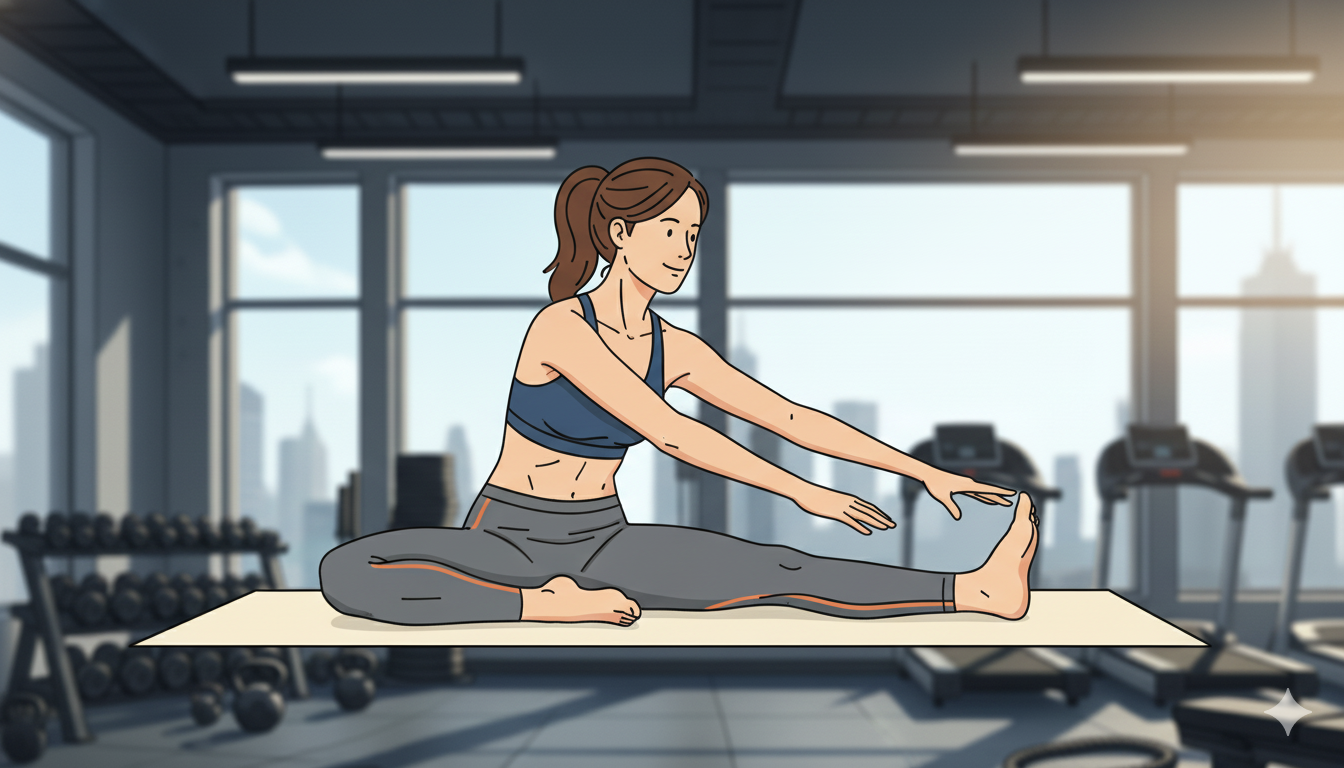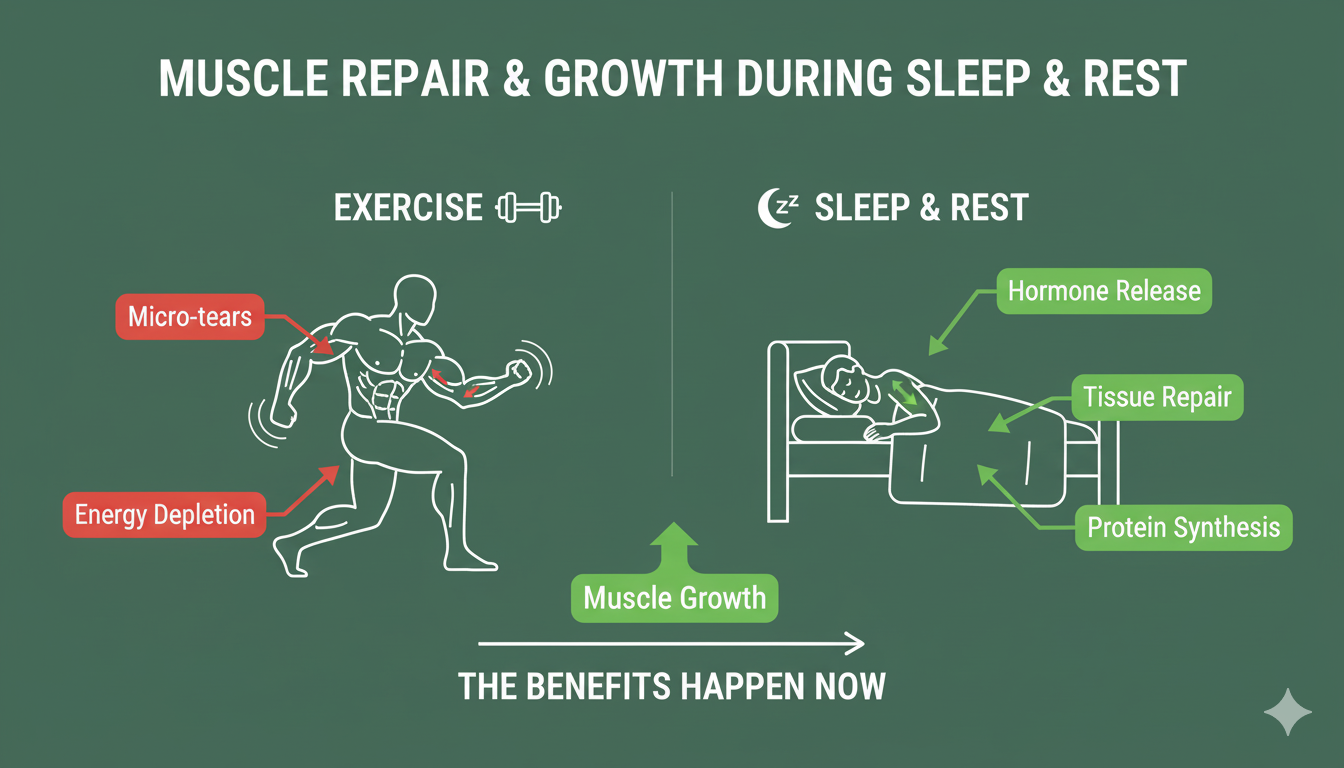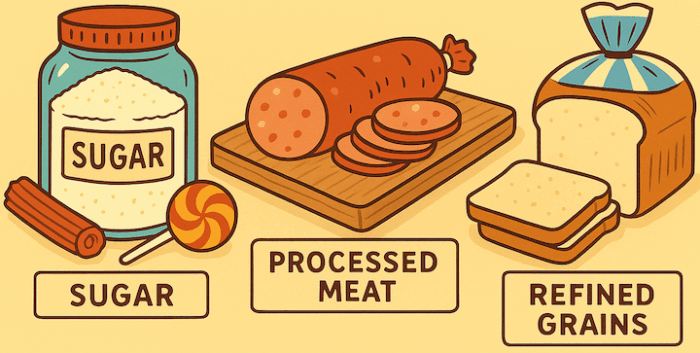[The 40s Redesign, Part 7]: The ‘Insurance Policy’: Why 40s Fitness Fails Without Mobility
Welcome back.
We’re on a roll. We’ve laid out the perfect 40s fitness plan:
- The Foundation: Strength Training (Part 5)
- The Accelerator: HIIT (Part 6)
This combination is the 1-2 punch to defeat muscle loss (Sarcopenia) and burn visceral fat. You’re probably feeling motivated, energized, and ready to hit the gym.
But hold on. There’s a piece missing. It’s the “fine print” of our new plan, and it’s the single most-neglected part of 40s fitness.
It’s Mobility and Flexibility.
This isn’t the “sexy” part of working out. It’s not a calorie-blaster. It’s not a muscle-builder. It’s your insurance policy.
And if you ignore it, you are almost guaranteed to get injured. And the truth is, in your 40s, you don’t bounce back like you used to. An injury that would have sidelined you for three days in your 20s can now take you out for three months.
1. Mobility vs. Flexibility: What’s the Difference?
People use these terms interchangeably, but they’re different.
- Flexibility is passive. It’s the ability of your muscles to lengthen. (Example: Bending over and using your hands to pull yourself down to touch your toes.)
- Mobility is active. It’s the ability of your joints to move freely and fully through their intended range of motion with control. (Example: Bending over and touching your toes without any external help, using only your muscles.)
You need both, but for 40s fitness, mobility is king. It’s what allows you to perform a deep, safe squat or press a weight overhead without your lower back arching.
2. The 40s Problem: The “Desk Body”
Why is this suddenly so critical in our 40s? Two words: Desk Job.
Many of us have spent the last 20 years sitting in a chair, staring at a screen, for 8-10 hours a day. This has “programmed” our bodies into a state of dysfunction.
- Your Hips Get “Glued”: Sitting shortens and tightens your hip flexors (the muscles at the front of your hips).
- Your Glutes “Switch Off”: Your glute muscles (your butt) become “amnesiac”—they forget how to fire properly.
- Your Shoulders Round Forward: Your chest gets tight, and your upper back gets weak from hunching over a keyboard.
Now, you take this “desk body” to the gym and try to do a heavy squat. Your hips are “locked,” so your body has to “cheat” to get down. It finds that motion by rounding your lower back… and pop. You’ve just herniated a disc.
You didn’t get hurt because the squat is “dangerous.” You got hurt because you didn’t have the mobility to perform the squat safely.
3. Mobility: Your 40s Fitness “Insurance”
Think of your new workout plan (Strength + HIIT) as a high-performance car. Your mobility practice is the regular oil change and tire alignment. It’s not exciting, but without it, the car is guaranteed to break down.
- It Prevents Injury: Good mobility ensures the right joints and muscles are doing the work, taking the load off vulnerable areas like your lower back and knees.
- It Improves Your Lifts: Want to get more out of your strength training? Better mobility = a deeper squat, a better-formed deadlift, and a safer overhead press. This means you activate more muscle and get better (and faster) results.
- It Cures “Mysterious” Pain: That chronic “tweak” in your back? The stiff neck? The sore knees? 9 times out of 10, it’s not a problem with the joint itself, but a mobility problem in an adjacent joint (like tight hips causing back pain).
- It Makes Life Better: This is the big one. Good mobility is about being able to get on the floor to play with your kids (and get back up easily). It’s about sitting through a long flight without your back seizing up. It’s about living in your body, pain-free.
4. Your “No Excuses” Mobility Plan
This does not need to be a 60-minute yoga class (though that’s great!). The most effective way is to “sprinkle” it into your existing routine.
Action Plan: 10 Minutes a Day
- Pre-Workout (5 min): Do a “dynamic warm-up.” This is not static stretching (holding a stretch for 30 seconds). It’s active movement.
- Examples: Leg swings, “Cat-Cow” in a tabletop, “World’s Greatest Stretch,” deep bodyweight squats.
- Post-Workout / Before Bed (5 min): This is the time for “static stretching.” Your muscles are warm.
- Examples: Hold a “Pigeon” stretch for your hips (30-60 sec). Hold a hamstring stretch. Use a foam roller on your back and quads.
Conclusion: Invest 10 Minutes to Save 10 Months
I can’t force you to do this. There are no “before and after” pictures for good mobility. The reward is simply the absence of pain. The reward is consistency—being able to show up for your workouts, week after week, year after year, without being derailed by injury.
You’re investing in your strength. You’re investing in your metabolic health. Now, it’s time to buy the “insurance” that protects that investment.
But all this work—lifting, sprinting, stretching—requires energy and building blocks. What happens after the workout is just as important as the workout itself.
In Part 8, we’ll cover the Technology of Recovery: why 40s-somethings need to treat recovery as seriously as their workouts.
Be honest: Do you skip your warm-up and cool-down? What’s your “problem area” (e.g., tight hips, sore back)? Let’s discuss.
(Blog Post Ends)





